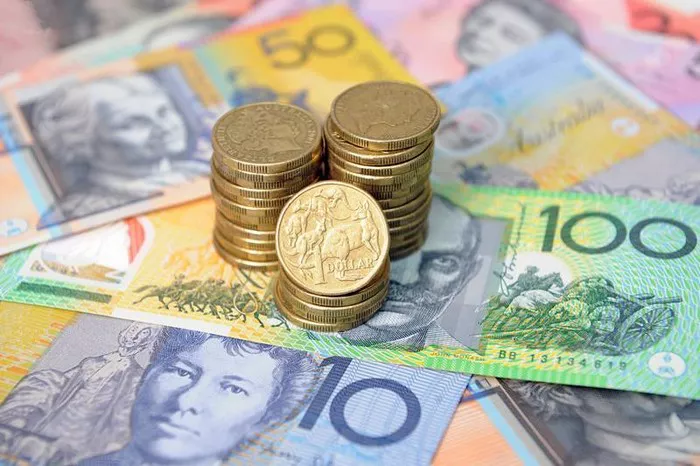The strength of a nation’s currency is a critical aspect of its economic stability and global standing. Among the myriad of currencies in the world, the Australian Dollar (AUD) has garnered attention for its resilience and strength. However, the strength of the Australian Dollar is a dynamic phenomenon influenced by various factors. In this article, we will explore the key elements that contribute to the strength of the Australian Dollar and investigate which countries play a pivotal role in shaping its value on the global stage.
Economic Fundamentals:
To comprehend the strength of the Australian Dollar, it is crucial to delve into the economic fundamentals that underpin its value. Australia has established itself as a stable and prosperous economy, characterized by low inflation, robust GDP growth, and prudent fiscal policies. The country’s vast reserves of natural resources, including minerals, fuels, and agricultural products, contribute significantly to its economic prowess.
Moreover, Australia’s trade balance plays a pivotal role in determining the strength of the AUD. Historically, the nation has maintained a trade surplus, exporting more goods and services than it imports. This surplus enhances the demand for the Australian Dollar in the global market, as foreign entities need to acquire AUD to engage in trade with Australia. Consequently, a positive trade balance contributes to the strength of the Australian Dollar.
Trade Partners and Influential Economies:
The strength of the Australian Dollar is closely linked to its trade relationships with other nations. China, as Australia’s largest trading partner, holds immense sway over the AUD. The demand for Australian commodities, especially from China, significantly impacts the value of the Australian Dollar. Factors such as Chinese economic performance, trade policies, and geopolitical developments can influence the strength of the AUD.
In addition to China, other major trading partners, including Japan, South Korea, and the United States, play integral roles in shaping the Australian Dollar’s strength. Economic conditions in these countries, coupled with bilateral trade agreements, impact the demand for the AUD. Changes in global economic dynamics, such as shifts in manufacturing trends or fluctuations in commodity prices, can ripple through these trade relationships and consequently influence the strength of the Australian Dollar.
Global Economic Events and Monetary Policy:
The Australian Dollar is not immune to global economic events and uncertainties. Factors such as interest rates, inflation rates, and monetary policies implemented by central banks across the globe can have profound effects on the AUD. The US Federal Reserve’s decisions, for instance, can impact the strength of the Australian Dollar due to its influence on global financial markets.
Moreover, geopolitical events and economic crises can trigger fluctuations in currency values. The COVID-19 pandemic, for example, led to significant volatility in global financial markets, impacting the strength of the Australian Dollar. Investors tend to flock to stable currencies during times of uncertainty, and the AUD’s strength can be affected by shifts in investor sentiment.
Interest Rate Differentials:
Interest rates play a pivotal role in determining the strength of a currency. The Reserve Bank of Australia (RBA) sets the official cash rate, and changes in this rate can impact the attractiveness of the Australian Dollar to investors. Higher interest rates in Australia relative to other countries can attract foreign capital, leading to an appreciation of the AUD.
Conversely, if other major economies offer higher interest rates, investors may seek higher returns in those markets, resulting in a depreciation of the Australian Dollar. Monitoring interest rate differentials is crucial in understanding the dynamics of the AUD’s strength in the global currency market.
See Also What does an Australian $10 note look like?
Conclusion:
In conclusion, the strength of the Australian Dollar is a multifaceted phenomenon influenced by a myriad of factors. Australia’s robust economic fundamentals, trade relationships with key partners, global economic events, and monetary policies all contribute to the dynamics of the AUD’s strength. While it is challenging to pinpoint a single country that determines the strength of the Australian Dollar, China, the United States, and other major trading partners play pivotal roles in shaping its value on the global stage.
Investors, businesses, and policymakers must remain vigilant in monitoring these factors to make informed decisions and navigate the complexities of the global currency market. As the economic landscape continues to evolve, understanding the intricacies of what influences the strength of the Australian Dollar becomes increasingly crucial for stakeholders seeking to engage in international trade and investment.


